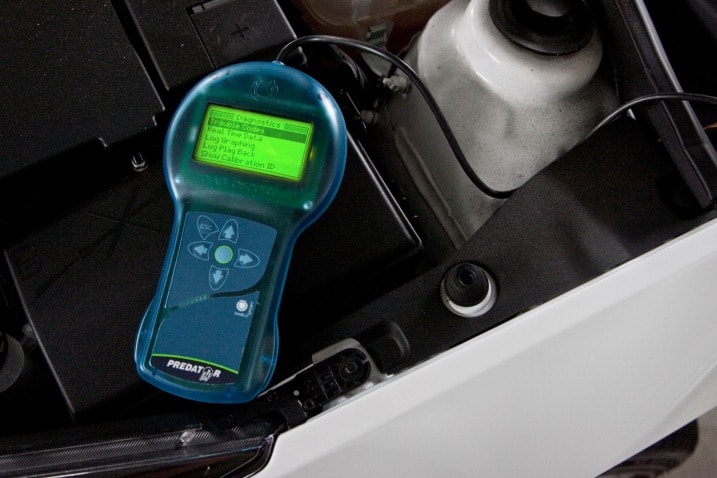The check engine light — more formally known as the malfunction indicator lamp (MIL) — is a signal from the car's engine computer that something is wrong. The light could be a minor issue, such as a faulty gas cap, or it could mean something more serious, such as a misfiring engine. In many cases, it means that you'll be visiting the car dealer to repair the issue and get the light turned off.
Check engine lights come in orange, yellow or amber, depending on the manufacturer. If the light begins flashing, however, it indicates a more serious problem, such as a misfire that can quickly overheat the catalytic converter. These emissions devices operate at high temperatures to cut emissions but can pose a fire hazard if faulty. In this article, we'll cover the top reasons why a check engine light comes on and determine a course of action for this scenario.
- Most common reasons why the check engine light comes on
- How to decipher the check engine light with a code reader
- Possible false flags from a check engine code
- Don't ignore that light
- How to turn off the check engine light
- Brief history of the check engine light
- FAQs
Most common reasons why the check engine light comes on
CarMD, an automotive telematics company, publishes an annual Vehicle Health Index that compiles the 10 most common check engine codes, along with their estimated cost of repair. For 2023, CarMD's top 10 check engine codes are:
1. Replace catalytic converter(s): $1,313.46
2. Replace oxygen sensor(s): $242.34
3. Replace ignition coil(s) and spark plug(s): $392.65
4. Replace mass airflow sensor: $303.61
5. Inspect for loose fuel cap and tighten or replace: $24.84
6. Replace evaporative emissions (EVAP) canister purge control valve: $137.47
7. Replace ignition coil(s): $213.70
8. Replace fuel injector(s): $423.71
9. Replace thermostat: $238.58
10. Reprogram powertrain control module (PCM): $109.22
Occasionally, the check engine light comes on when nothing is wrong with the car, said Steve Mazor, retired chief automotive engineer for the Auto Club of Southern California. It could be a temporary problem caused by a change in humidity or other factors. In such cases, the light should go off by itself after a short time.



 by
by 


